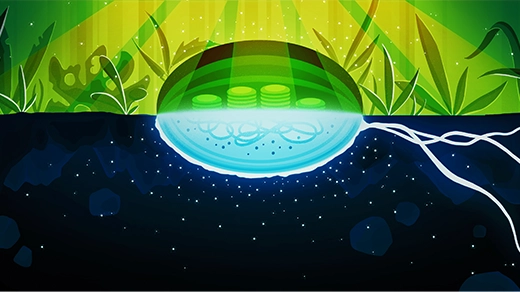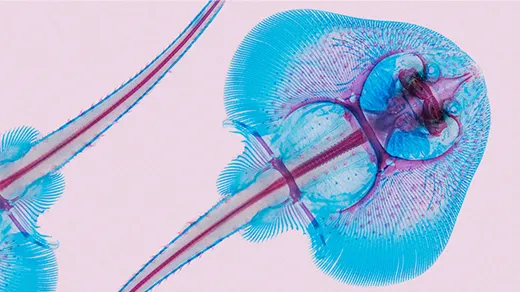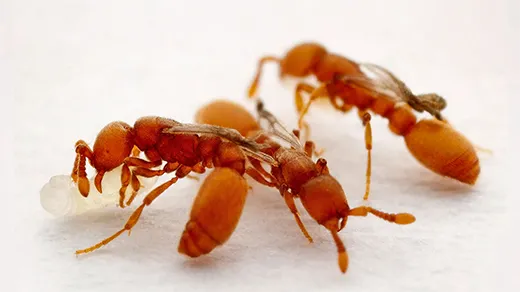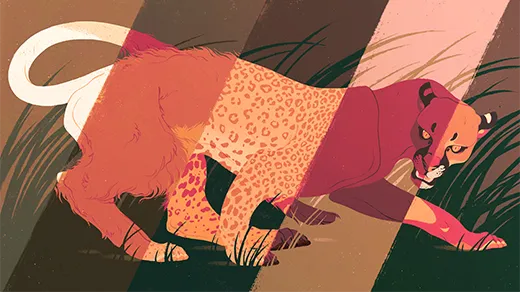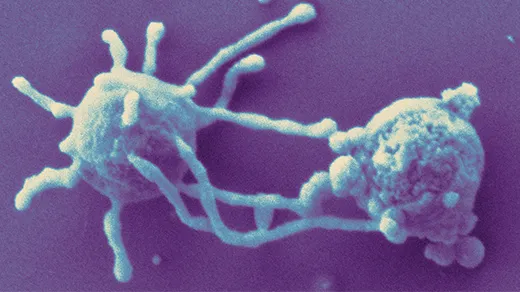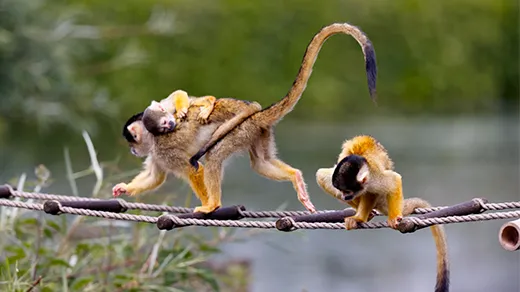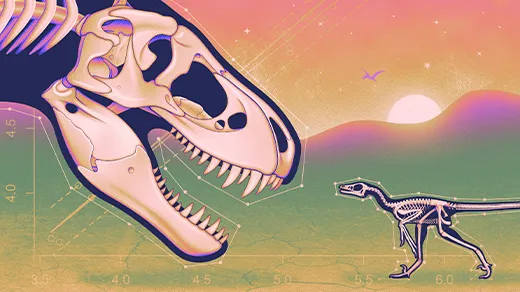What's up in
Evolution
Latest Articles
Underground Cells Make ‘Dark Oxygen’ Without Light
In some deep subterranean aquifers, cells have a chemical trick for making oxygen that could sustain whole underground ecosystems.
How 3D Changes in the Genome Turned Sharks Into Skates
Changes in the 3D structure of their genome gave skates and rays their distinctive winglike fins and pancake flatness.
A Mutation Turned Ants Into Parasites in One Generation
A new genetics study of ant “social parasites” shows how complex sets of features can emerge rapidly and potentially split species.
How Pools of Genetic Diversity Affect a Species’ Fate
A new, deeper understanding of how the breeding structure of species affects their genetic diversity is giving conservationists better tools for saving animals.
Primitive Asgard Cells Show Life on the Brink of Complexity
As researchers race to cultivate more of the intriguing cells from the deep seafloor, the few cells now growing in labs are giving us our best glimpses of the forerunners of all complex life.
Animal Mutation Rates Reveal Traits That Speed Evolution
The first large-scale comparison of mutation rates gives insights into how quickly species can evolve.
How a DNA ‘Parasite’ May Have Fragmented Our Genes
A novel type of “jumping gene” may explain why the genomes of complex cells aren’t all equally stuffed with noncoding sequences.
Dinosaur Bone Study Reveals That Not All Giants Grew Alike
A survey of prehistoric bones reveals that T. rex and some of its cousins had more than one way to reach enormous sizes. Evolution may have preserved that variation in modern animals too.
Gene Expression in Neurons Solves a Brain Evolution Puzzle
The neocortex of our brain is the seat of our intellect. New data suggests that mammals created it with new types of cells that they developed only after their evolutionary split from reptiles.
